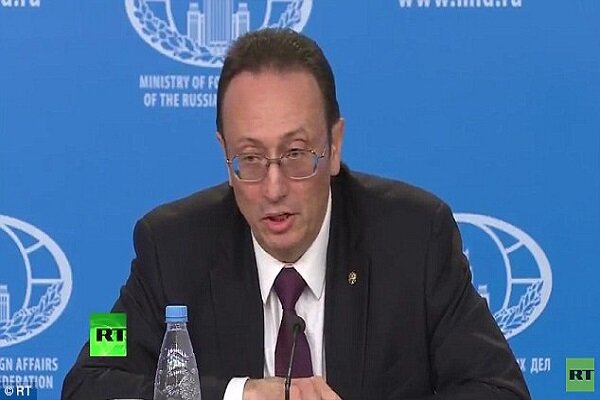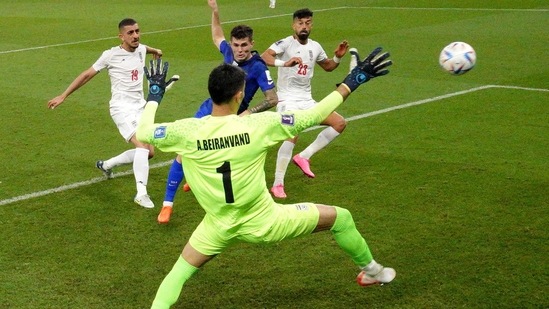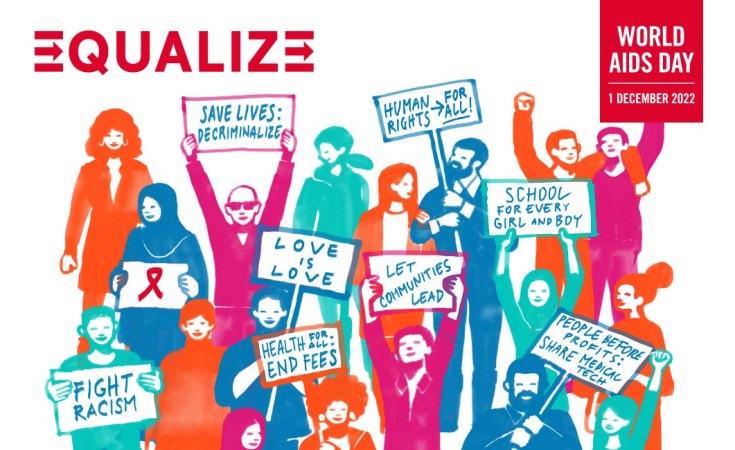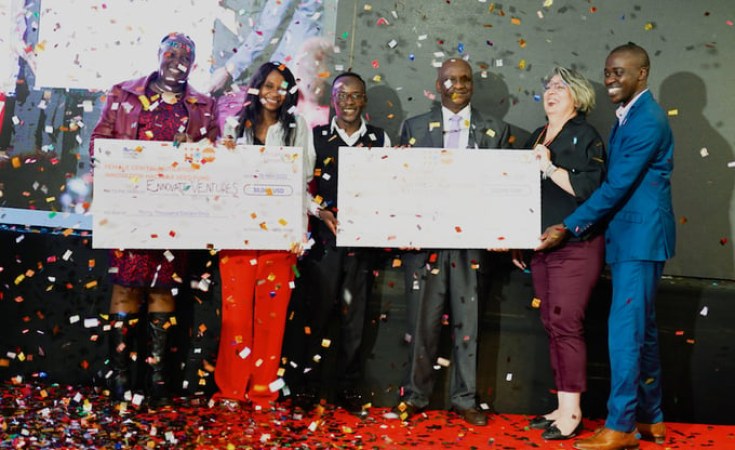Egyptians want the Rosetta Stone back

Published On 30 Nov 2022
More countries are demanding the repatriation of their heritage from museums across Europe and North America.
And thousands of Egyptians are once again demanding the repatriation of the Rosetta Stone, one of the most important pieces in the British Museum
‘’The British Museum’s holding of the stone is a symbol of Western cultural violence against Egypt,” said Monica Hanna, dean of the Arab Academy for Science, Technology & Maritime Transport, and organiser of one of two petitions calling for the stone’s return.
The inscriptions on the dark grey granite slab, the text of a decree in three languages, were the seminal breakthrough in deciphering ancient Egyptian hieroglyphics.
The “confiscation” of the Rosetta Stone came during imperial battles between Britain and France. After Napoleon Bonaparte’s military occupation of Egypt, French soldiers uncovered the stone in 1799 in the northern town of Rashid, known by the French as Rosetta.
In 1801, British forces defeated the French in Egypt, and the stone and more than a dozen other antiquities were taken by the British under the terms of the surrender deal. It has remained in the British Museum since.
Hanna’s petition, with 4,200 signatures, says the seizing of the stone was “an act of plunder” of a “spoil of war”. The claim is echoed in a petition by Zahi Hawass, Egypt’s former minister for antiquities affairs, which has more than 100,000 signatures. Both petitions argue that Egypt had no say in the 1801 agreement.
In a statement, the British Museum said the 1801 treaty included the signature of an Ottoman admiral who fought alongside the British against the French, arguing that he represented Egypt as the Ottoman sultan nominally ruled Egypt at the time of Napoleon’s invasion.
The Museum also said Egypt’s government has not submitted a request for its return and that there are 21 of 28 known copies of the engraved decree still in Egypt.
A breakthrough in understanding hieroglyphics
The original stone has unrivalled significance to Egyptology. Carved in the 2nd century BC, the slab contains three versions of a decree relating to a settlement between the then-ruling Ptolemies and a sect of Egyptian priests. The first is classic hieroglyphics, the next is a simplified hieroglyphic script known as demotic, and the third is in ancient Greek.
Through knowledge of the latter, academics were able to decipher the hieroglyphic symbols, with French Egyptologist Jean-Francois Champollion eventually cracking the language in 1822.
The stone is one of more than 100,000 Egyptian and Sudanese relics taken to the British Museum. Many of them were taken during the time Britain colonised the two countries from 1883 to 1953.
More and more museums and collectors are returning artefacts to their country of origin, sometimes that is ordered by a court, while some cases are voluntary, presented as an act of atonement for historical wrongs.
New York’s Metropolitan Museum returned 16 antiquities to Egypt in September after an investigation in the United States concluded they had been illegally trafficked. On Monday, London’s Horniman Museum returned more than 72 objects, including 12 Benin Bronzes that were looted in 1897, to the Nigerian government.
Nicholas Donnell, a US-based lawyer specialising in cases concerning art and artefacts, said no international legal framework exists for such disputes. Unless there is evidence that an artefact was acquired outside what are considered acceptable channels, repatriation is left largely to the museum’s discretion.
‘‘Given the treaty and the timeframe, the Rosetta Stone is a hard legal battle to win,’’ said Donnell.
The British Museum has acknowledged that several repatriation requests have been made to it from various countries for artefacts, but it did not provide The Associated Press with any details on their status or number. It also did not confirm whether it has ever repatriated an artefact from its collection.
For Nigel Hetherington, an archaeologist and CEO of the online academic forum Past Preserves, the museum’s lack of transparency suggests other motives.
‘‘It’s about money, maintaining relevance and a fear that in returning certain items people will stop coming,’’ he said.
Egyptian demands
Western museums have long tried to justify their holding of world heritage treasures by claiming superior facilities and larger crowd draws.
For Hanna, Egyptians’ right to access their own history is the priority. “How many Egyptians can travel to London or New York?” she said.
Amid turmoil following the 2011 uprising that toppled former leader Hosni Mubarak, Egypt saw an uptick in artefact smuggling, which cost the country an estimated $3bn between 2011 and 2013, according to the US-based Antiquities Coalition.
But President Abdel Fattah el-Sissi’s government has since invested heavily in its antiquities. Egypt has successfully reclaimed thousands of internationally smuggled artefacts and plans to open a newly built, state-of-the-art museum where tens of thousands of objects can be housed.
Egypt’s plethora of ancient monuments, from the Pyramids of Giza to the towering statues of Abu Simbel near the border with Sudan, are the magnet for a tourism industry that drew in $13bn in 2021.
Egyptian authorities did not respond to a request for comment regarding Egypt’s policy towards the Rosetta Stone or other Egyptian artefacts displayed abroad. Hawass and Hanna said they are not pinning hopes on the government.
‘‘The Rosetta Stone is the icon of Egyptian identity,’’ said Hawass. ‘‘I will use the media and the intellectuals to tell the (British) museum they have no right.’’

.jpg)



:quality(70)/cloudfront-eu-central-1.images.arcpublishing.com/thenational/ZRXNLBVBJMJPKJLZOYCXSBJCPA.jpg)



